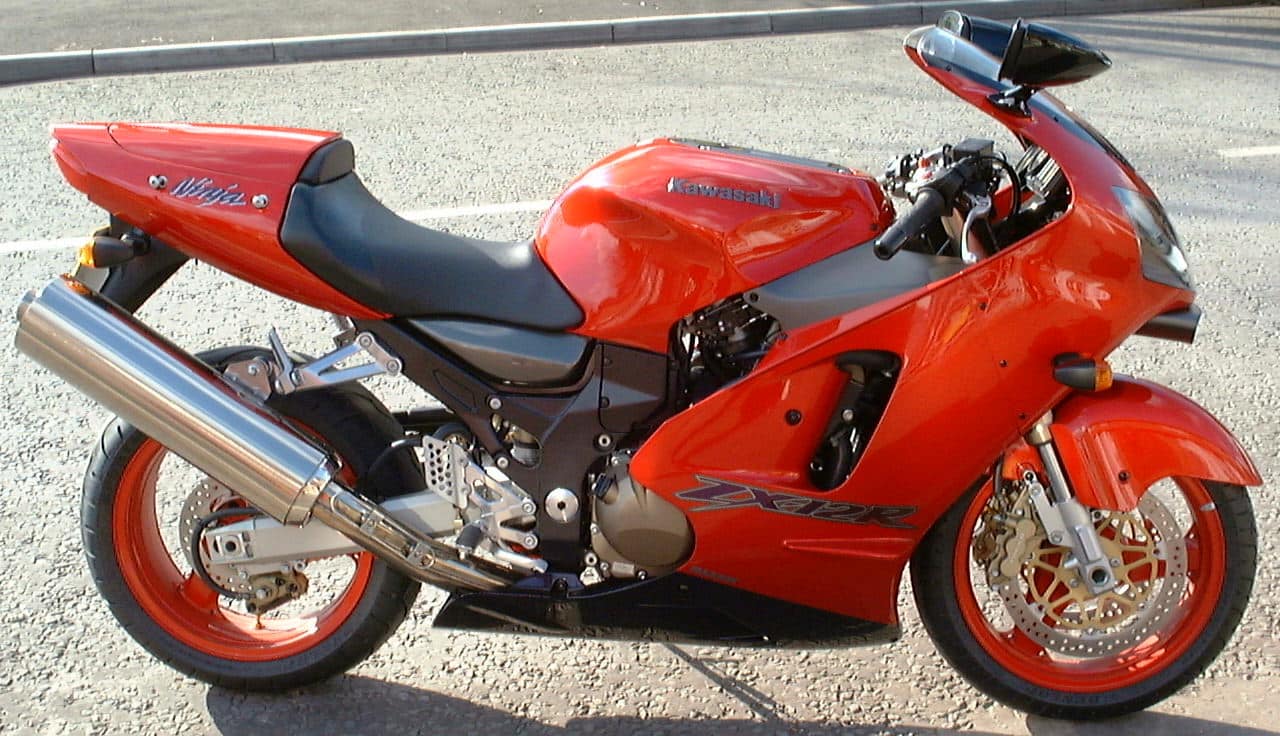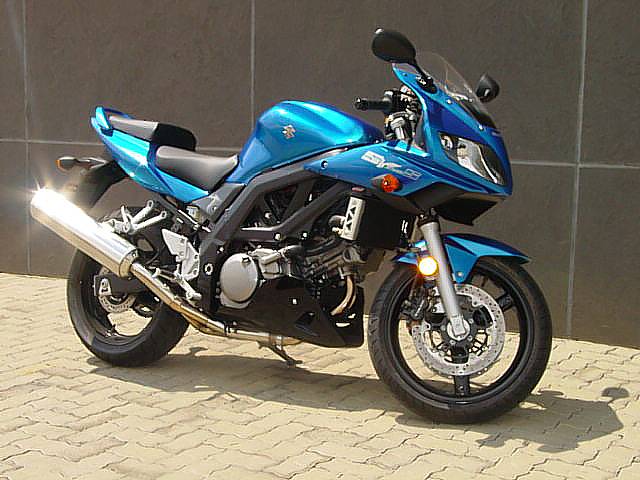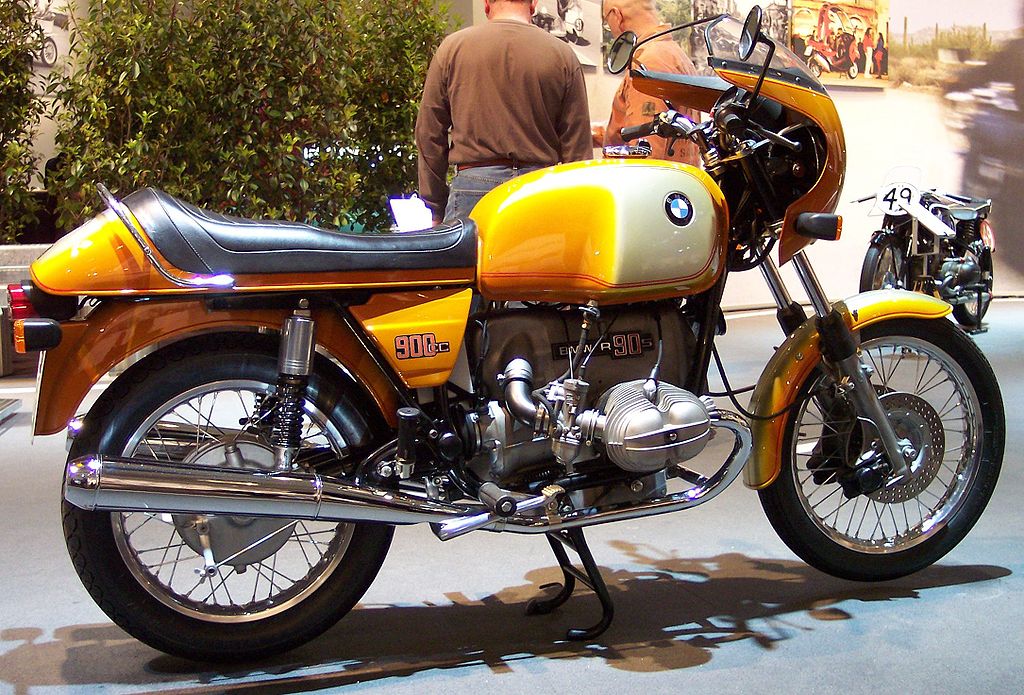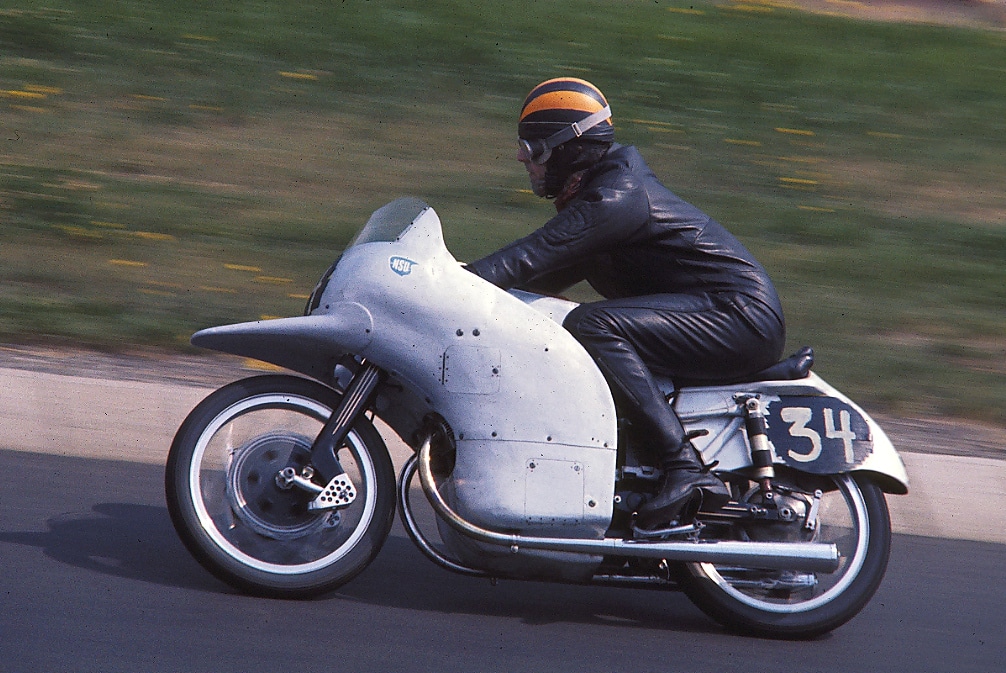Introduction
Definition of Motorcycle Fairings
Motorcycle fairings are protective paneling that is installed over the frame of a motorcycle, particularly for racing motorcycles and sport bikes. These shells are designed to deflect wind, reduce air drag, and enhance the overall aerodynamics of the motorcycle. They are typically made of lightweight materials such as fiberglass, plastic, or carbon fiber, offering both strength and flexibility.
Importance and Functions of Motorcycle Fairings
Motorcycle fairings serve multiple important functions:
- Wind Deflection: The primary purpose of fairings is to deflect wind and reduce air drag, especially at high speeds. By providing a streamlined shape, they help the motorcycle cut through the air more efficiently, improving stability and handling.
- Rider Protection: Fairings also play a crucial role in protecting the rider from airborne hazards such as debris, insects, and weather elements. They create a barrier between the rider and external elements, reducing the risk of injury and enhancing overall safety.
- Engine Protection: In the unfortunate event of an accident or collision, fairings act as a protective shield for the engine components. They can absorb impact and prevent severe damage to the motor and surrounding parts.
- Aerodynamic Advantage: Motorcycle fairings are designed to optimize airflow around the bike. By minimizing turbulence and creating a smooth surface, fairings help the motorcycle achieve higher speeds with improved fuel efficiency.
- Style and Aesthetics: Fairings are not just functional; they also contribute to the overall aesthetic appeal of a motorcycle. With various designs and color options available, fairings can enhance the visual appeal of the bike and give it a sporty, aggressive look.
In conclusion, motorcycle fairings are essential components for racing motorcycles and sport bikes, providing aerodynamic benefits, rider protection, engine safety, and enhancing the overall style of the bike. Whether on the race track or the open road, fairings play a crucial role in improving performance and ensuring a safe riding experience.
Full fairing
Definition and Characteristics
Full fairing is a type of motorcycle fairing that provides the most extensive coverage. It envelops the entire front section of the motorcycle, extending from the windscreen down to the lower fairings and even the engine sides. This type of fairing offers the highest level of wind protection, rider comfort, and aerodynamic performance.
Benefits and Drawbacks
| Benefits | Drawbacks |
|---|---|
|
|
In conclusion, full fairings provide comprehensive coverage for the motorcycle, offering superior wind protection, enhanced aerodynamics, and improved rider comfort. While they may have some drawbacks such as increased weight and higher cost, the benefits outweigh the disadvantages for riders who prioritize performance and long-distance comfort.

Half fairing
Definition and Characteristics
Half fairing is another type of motorcycle fairing that provides partial coverage to the motorcycle. It typically covers the upper portion of the bike’s front section, including the headlight and handlebars. Half fairings offer a balance between wind protection and aerodynamics while keeping a more minimalist design compared to full fairings. This type of fairing is commonly found on sport-touring bikes and some naked motorcycles.
Benefits and Drawbacks
Half fairings offer several benefits and drawbacks:
- Benefits:
- Partial wind protection for the rider, reducing fatigue and improving comfort on long rides.
- Improved aerodynamics compared to motorcycles without fairings.
- Easier maneuverability in tight spaces due to the smaller size and weight of the fairing.
- Lower cost compared to full fairings.
- Sporty and stylish appearance.
- Drawbacks:
- Less wind protection compared to full fairings, especially at higher speeds.
- Limited storage options for carrying small items compared to bikes with full fairings.
- The impact resistance might be lower compared to full fairings in case of accidents or collisions.
Overall, half fairings provide a good balance between wind protection, aerodynamics, and aesthetics. They are suitable for riders who want some level of wind deflection and improved performance without the added weight and cost of a full fairing.
In conclusion, motorcycle fairings serve various functions, including wind deflection, rider protection, engine protection, aerodynamic advantage, and style enhancement. Full fairings offer comprehensive coverage for maximum wind protection, aerodynamics, and rider comfort, but they come with the drawback of increased weight and cost. On the other hand, half fairings provide a more minimalistic approach with partial wind protection, improved aerodynamics, and easier maneuverability. Choosing the right type of fairing depends on individual preferences and riding needs.

Quarter fairing
Definition and Characteristics
A quarter fairing is a type of motorcycle fairing that provides minimal coverage to the motorcycle. It typically covers only the handlebars and the headlight of the bike, leaving the rest of the front section exposed. Quarter fairings are often seen on cruisers and some standard motorcycles.
Benefits and Drawbacks
Quarter fairings offer several benefits and drawbacks:
- Benefits:
- Some wind protection for the rider, reducing fatigue on longer rides.
- Improved aerodynamics compared to motorcycles without fairings.
- Lighter in weight compared to full and half fairings, allowing for easier maneuverability.
- Lower cost compared to other types of fairings.
- Sleek and minimalist appearance.
- Drawbacks:
- Limited wind protection compared to full and half fairings.
- Less storage options for carrying small items compared to bikes with larger fairings.
- Reduced protection in case of accidents or collisions.
Quarter fairings are a popular choice for riders who prefer a minimalistic look while still enjoying some level of wind deflection and improved performance. They strike a balance between aesthetics and functionality, making them a suitable option for certain riding styles and preferences.
In conclusion, motorcycle fairings come in different types, each offering its own set of benefits and drawbacks. Full fairings provide comprehensive coverage for maximum wind protection and rider comfort but come with increased weight and cost. Half fairings offer a balance between wind protection and aerodynamics, while quarter fairings provide minimal coverage with a focus on aesthetics and lighter weight. Choosing the right type of fairing will depend on individual preferences, riding needs, and the desired balance between style and functionality.

Dolphin fairing
Definition and Characteristics
A dolphin fairing is another type of motorcycle fairing that provides partial coverage to the bike. It is called a dolphin fairing because of its shape, resembling the nose of a dolphin. This fairing typically covers the handlebars, headlight, and part of the front section, extending downward towards the front wheel.
Benefits and Drawbacks
Dolphin fairings offer several benefits and drawbacks:
- Benefits:
- Offers improved aerodynamics, reducing wind resistance and drag for better performance.
- Provides increased wind protection compared to quarter fairings.
- Enhances the overall aesthetics of the motorcycle, giving it a sleek and sporty look.
- Easy to install and remove, allowing for customization and flexibility.
- Provides a small compartment for storing essential items like keys or a phone.
- Drawbacks:
- Less wind protection compared to full and half fairings.
- Not as effective in diverting wind away from the rider’s legs and torso.
- Lightweight construction may not provide the same level of durability as heavier fairings.
- Reduced protection in case of accidents or collisions.
Dolphin fairings are a popular choice for riders who prioritize both performance and style. With their streamlined design and improved aerodynamics, dolphin fairings can enhance the overall riding experience. However, it’s essential to consider the trade-offs, such as reduced wind protection compared to other fairing types.
Remember, when choosing a fairing for your motorcycle, consider your riding style, preferences, and the desired balance between aesthetics and functionality. Each fairing type offers its own set of benefits and drawbacks, so make sure to pick the one that best suits your needs.

Cafe Racer Fairing
Definition and Characteristics
A cafe racer fairing is a type of motorcycle fairing that is commonly associated with the cafe racer style. It typically features a minimalist design and provides minimal coverage to the front section of the bike. Cafe racer fairings are often characterized by their low-profile, streamlined shape and retro-inspired aesthetics. They are designed to enhance the bike’s performance and give it a classic, vintage look.
Benefits and Drawbacks
Cafe racer fairings offer several benefits and drawbacks:
Benefits:
- Aesthetics: Cafe racer fairings add a unique and stylish look to the motorcycle. They are popular among riders who appreciate the retro vibe and want to showcase their individuality.
- Weight Reduction: Due to their minimalistic design, cafe racer fairings are lighter compared to other types of fairings. This can result in improved handling and maneuverability.
- Airflow: The minimal coverage provided by cafe racer fairings allows for increased airflow, which can be beneficial for riders who enjoy the sensation of wind while riding.
- Customization: Cafe racer fairings offer a wide range of customization options, allowing riders to personalize their bikes according to their preferences.
Drawbacks:
- Wind Protection: Cafe racer fairings provide limited wind protection compared to other fairing types. Riders may experience more wind resistance and face exposure to elements while riding.
- Less Storage Space: Due to their compact design, cafe racer fairings do not offer much storage space for carrying essential items.
- Reduced Aerodynamics: The lower profile of cafe racer fairings may not provide the same level of aerodynamic efficiency as larger fairings, resulting in reduced performance at higher speeds.
- Less Protection: Cafe racer fairings often do not provide as much protection to the rider and bike components in case of accidents or collisions.
It is important for riders to consider their individual preferences and priorities when choosing a fairing for their cafe racer. While cafe racer fairings may not offer as much wind protection and functionality as other fairing types, they are favored by those who prioritize style and a unique riding experience. [
Dual Sport Fairing
Definition and Characteristics
A dual sport fairing is a type of motorcycle fairing that is designed specifically for dual sport or adventure motorcycles. It combines the functionality of both off-road and street fairings to provide a versatile riding experience. Dual sport fairings are typically more rugged and durable compared to other fairing types to withstand the demands of off-road riding. They often feature a larger, more protective design that provides full coverage to the front section of the bike.
Benefits and Drawbacks
Benefits:
- Wind Protection: Dual sport fairings provide superior wind protection compared to other fairing types. Riders can enjoy a more comfortable and less fatiguing ride, especially at higher speeds or in adverse weather conditions.
- Off-Road Capability: Dual sport fairings are designed to handle off-road conditions. They provide protection to the bike’s components, including the headlights and instruments, from debris and impacts while riding on uneven terrains.
- Storage Space: Dual sport fairings often have built-in storage compartments or the ability to attach additional storage accessories. This allows riders to carry essential items and gear during their adventures.
- Aerodynamics: The larger size and shape of dual sport fairings are designed to improve aerodynamics, reducing wind drag and enhancing the bike’s performance at higher speeds.
Drawbacks:
- Weight: Due to their larger and more robust design, dual sport fairings can add significant weight to the motorcycle. This may affect the bike’s maneuverability and handling, particularly in off-road conditions.
- Aesthetics: Some riders may find the larger and bulkier appearance of dual sport fairings less aesthetically pleasing compared to other fairing types.
- Cost: Dual sport fairings are often more expensive compared to other fairing types due to their specialized features and construction.
When choosing a fairing for a dual sport motorcycle, riders should consider their specific riding needs and preferences. Dual sport fairings are ideal for riders who frequently switch between on-road and off-road riding and require enhanced wind protection and durability.
Naked Bike Fairing
Definition and Characteristics
A naked bike fairing, also known as a streetfighter fairing, is a type of motorcycle fairing that is designed for naked or street bikes. Unlike other fairing types, naked bike fairings do not fully enclose the bike’s frame and engine, giving the bike a more exposed and minimalist look. These fairings often consist of minimal panels or a single cowl that covers only the front section of the bike, leaving the rest of the frame and engine exposed.
Benefits and Drawbacks
Benefits:– Enhanced Maneuverability: The lightweight and minimal design of naked bike fairings contribute to improved maneuverability, allowing riders to navigate urban environments and tight corners with ease.- Customization Options: Naked bikes with fairings offer a wide range of customization options, allowing riders to personalize their bikes according to their preferences and style.- Accessibility and Maintenance: With fewer body panels to remove, naked bike fairings make it easier for riders to access and maintain their bike’s components, such as the engine and suspension.
Drawbacks:
- Reduced Wind Protection: Compared to other fairing types, naked bike fairings offer minimal wind protection, leaving riders more exposed to wind resistance and elements. Long-distance rides at high speeds may require additional wind protection accessories.
- Limited Storage Options: Naked bike fairings usually lack built-in storage compartments, limiting the ability to carry items or luggage on long trips.
- Less Protection: Since the frame and engine are more exposed, naked bike fairings provide less protection to these components in the event of an accident.
When considering a naked bike fairing, riders should weigh the trade-offs between the sleek aesthetic and minimalistic design against the reduced wind protection and limited storage options. It is important to choose a fairing that suits their riding style and preferences.
The Role of Motorcycle Fairings: Benefits and Types Explained
Naked Bike Fairing
A naked bike fairing, also known as a streetfighter fairing, is a type of motorcycle fairing designed for naked or street bikes. Unlike other fairing types, naked bike fairings do not fully enclose the bike’s frame and engine, giving the bike a more exposed and minimalist look. These fairings often consist of minimal panels or a single cowl that covers only the front section of the bike, leaving the rest of the frame and engine exposed.
Benefits:
- Enhanced Maneuverability: The lightweight and minimal design of naked bike fairings contribute to improved maneuverability, allowing riders to navigate urban environments and tight corners with ease.
- Customization Options: Naked bikes with fairings offer a wide range of customization options, allowing riders to personalize their bikes according to their preferences and style.
- Accessibility and Maintenance: With fewer body panels to remove, naked bike fairings make it easier for riders to access and maintain their bike’s components, such as the engine and suspension.
Drawbacks:
- Reduced Wind Protection: Compared to other fairing types, naked bike fairings offer minimal wind protection, leaving riders more exposed to wind resistance and elements. Long-distance rides at high speeds may require additional wind protection accessories.
- Limited Storage Options: Naked bike fairings usually lack built-in storage compartments, limiting the ability to carry items or luggage on long trips.
- Less Protection: Since the frame and engine are more exposed, naked bike fairings provide less protection to these components in the event of an accident.
When considering a naked bike fairing, riders should weigh the trade-offs between the sleek aesthetic and minimalistic design against the reduced wind protection and limited storage options. It is important to choose a fairing that suits their riding style and preferences.
Summary of Different Types of Motorcycle Fairings
Here is a summary of the different types of motorcycle fairings:
| Fairing Type | Characteristics |
|---|---|
| Naked Bike | Minimalistic design, exposed frame and engine |
| Full Fairing | Fully encloses frame and engine for maximum coverage |
| Half Fairing | Covers only the upper section of the bike |
| Quarter Fairing | Covers only the front section and minimal upper area |
| Café Racer | Retro-style fairing with minimal coverage |
| Sportbike Fairing | Streamlined fairing for high-performance motorcycles |
Factors to Consider when Choosing Motorcycle Fairings
When choosing motorcycle fairings, riders should consider the following factors:
- Riding Style: The type of fairing should align with the rider’s preferred riding style, whether it’s for commuting, touring, or racing.
- Wind Protection: Riders should prioritize fairings that provide adequate wind protection, especially for long-distance rides or high-speed riding.
- Aesthetics: Fairings come in various designs, so riders should choose one that enhances the overall look and appeal of their bike.
- Maintenance: Consider the accessibility and ease of maintenance for fairings, as some designs may require more effort to install or remove for regular maintenance tasks.
- Budget: Fairings can vary in cost, so riders should determine their budget and choose a fairing that offers a good balance of quality and affordability.
Overall, motorcycle fairings play a crucial role in enhancing both the performance and aesthetics of bikes. By understanding the benefits and drawbacks of different fairing types, riders can make an informed decision when choosing the right fairing for their motorcycle.
What Are Motorcycle Fairings: Understanding the Purpose and Types of Motorcycle Fairings
Q: What are motorcycle fairings?
A: Motorcycle fairings are the outer shell or panels attached to motorcycles to streamline airflow, protect the rider and bike, and enhance the overall aesthetics.
Q: What is the purpose of motorcycle fairings?
A: Motorcycle fairings serve several important purposes. They help reduce drag by reducing air resistance, which leads to improved aerodynamics and increased speed. Fairings also protect the rider from wind, debris, and other elements while enhancing stability and maneuverability. Additionally, fairings can provide storage space and add a sleek and stylish appearance to the bike.
Q: What are the different types of motorcycle fairings?
A: There are various types of motorcycle fairings designed for different purposes and bike styles. Here are a few common types:
- Full Fairings: These fairings cover the entire front section, including the headlights, windshield, front fender, and sides. They provide maximum wind protection and are often found on sport bikes and touring motorcycles.
- Half Fairings: As the name suggests, half fairings only cover the upper section of the bike, including the handlebars, instruments, and windshield. They offer moderate wind protection and are popular on naked bikes and some cruisers.
- Quarter Fairings: These fairings cover a smaller portion of the bike, typically just the handlebars and instruments. They offer minimal wind protection and are commonly seen on cafe racers and street bikes.
- Belly Pan Fairings: Belly pan fairings are located underneath the bike, protecting the engine and other vital components. They help reduce wind drag and improve stability at high speeds.
- Racing Fairings: Racing fairings are lightweight and designed specifically for track use to optimize racing performance. They provide superior aerodynamics and usually lack provisions for headlights, turn signals, and mirrors.
Q: Are motorcycle fairings only for sport or racing bikes?
A: No, motorcycle fairings are not limited to sport or racing bikes. While they are commonly found on these types of motorcycles, fairings can be installed on various other bike styles as well, including cruisers, touring bikes, and even some street bikes. The choice of fairing largely depends on the rider’s preferences and the intended use of the motorcycle.
Q: Can fairings be customized or replaced?
A: Yes, fairings can be customized and replaced. Many motorcycle enthusiasts choose to customize their fairings to reflect their individual style and preferences. Fairings can be painted, wrapped, or have decals applied to match the bike’s color scheme or showcase unique designs. In case of damage, fairings can be replaced with new ones to restore the bike’s appearance and functionality.
In summary, motorcycle fairings are integral components that provide aerodynamic benefits, protect the rider from wind and debris, and enhance the visual appeal of the motorcycle. Understanding the different types of fairings available can help riders choose the most suitable option for their bike and riding style. Whether it is a full fairing for maximum wind protection or a sleek racing fairing designed for enhanced performance, fairings can greatly enhance the overall riding experience.

David Williams is an author with a passion for motorcycles and all things related to the world of two-wheeled vehicles. His expertise is evident on his website, The Moto Expert, where he shares his knowledge and insights with fellow enthusiasts. Follow him on social media to stay up-to-date on the latest motorcycle news, reviews, and trends. Whether you’re a seasoned rider or just starting out, David’s content is sure to inform and entertain. Join his community and become a part of the conversation today.

